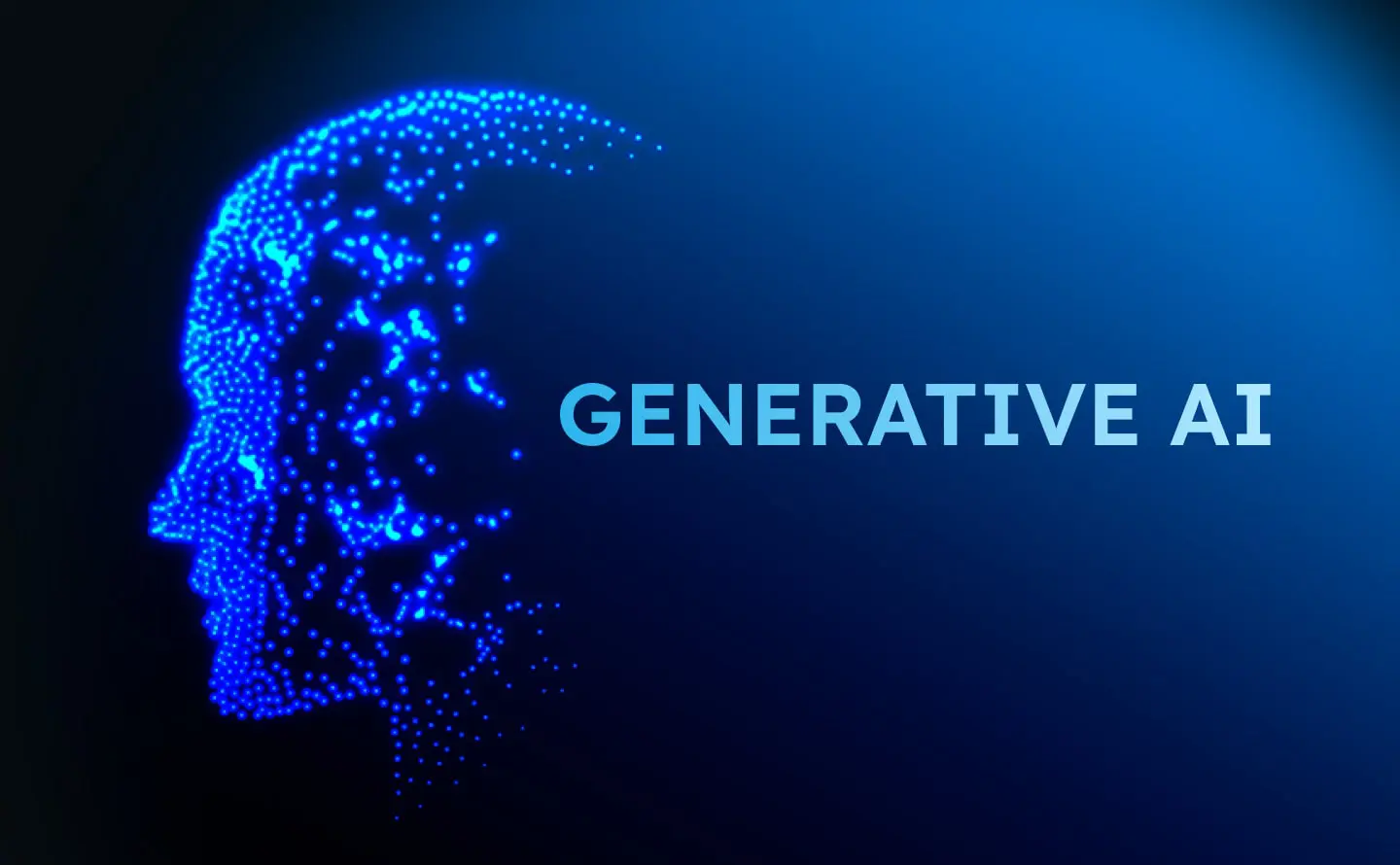Generative AI Market Size, Regional Analysis & Trends | 2035

In the exceptionally fast-paced and strategically critical Generative AI market, a continuous and deeply analytical approach to competitive intelligence is an absolute necessity for any organization that hopes to compete effectively. The landscape is a complex, multi-layered ecosystem that is being redefined on a monthly, if not weekly, basis, rendering static, one-time analyses obsolete. A robust Generative AI Market Competitive Analysis must systematically deconstruct the market across its key layers: the underlying hardware infrastructure, the foundational models, the development and deployment platforms, and the burgeoning ecosystem of AI-native applications. This rigorous process is the only way to generate the essential insights needed to identify strategic opportunities, anticipate the moves of competitors, benchmark one's own capabilities, and ultimately craft a winning, differentiated position in this transformative market, which is arguably the most important technology race of the 21st century.
A practical framework for this competitive analysis should begin at the very foundation of the stack. This involves a meticulous, ongoing comparison of the leading foundational models from providers like OpenAI, Google, Anthropic, and the open-source community. This analysis must go beyond headline performance benchmarks to include critical business factors like API pricing and latency, the ease and effectiveness of fine-tuning, the robustness of their safety and content moderation systems, and their support for multi-modal capabilities. The next layer of analysis must focus on the cloud platforms—Azure, Google Cloud, and AWS—which are the primary battlegrounds for enterprise adoption. The competition here should be evaluated based on the performance and cost-effectiveness of their AI hardware offerings, the breadth and quality of their "model garden" or marketplace, and the sophistication of their MLOps tools for managing the end-to-end AI lifecycle. The final layer is the dynamic application space, where analysis involves identifying and tracking the emerging category leaders in specific domains.
The ultimate purpose of this rigorous, multi-layered analysis is to synthesize the collected data into actionable strategic intelligence that drives a sustainable competitive advantage. By identifying a weakness in a competitor's model for a specific language or industry, a company can see a clear opportunity to build a superior, specialized alternative. By recognizing that the existing tools for monitoring and securing LLM deployments are inadequate, a startup can find a valuable niche to build a best-in-class solution. This competitive intelligence should be a direct and continuous input into the product roadmap, guiding R&D investment and prioritization. It must also be used to sharpen marketing positioning and to create powerful sales enablement tools, such as detailed "battle cards," that equip sales teams to win head-to-head competitions. The Generative AI Market size is projected to grow to USD 50.0 Billion by 2035, exhibiting a CAGR of 19.74% during the forecast period 2025 - 2035. In a market of this scale and velocity, a disciplined and ongoing competitive analysis is not a strategic function; it is the essential navigation system.
Top Trending Reports -
India Artificial Intelligence Based Personalization Market
- Art
- Causes
- Crafts
- Dance
- Drinks
- Film
- Fitness
- Food
- Παιχνίδια
- Gardening
- Health
- Κεντρική Σελίδα
- Literature
- Music
- Networking
- άλλο
- Party
- Religion
- Shopping
- Sports
- Theater
- Wellness



